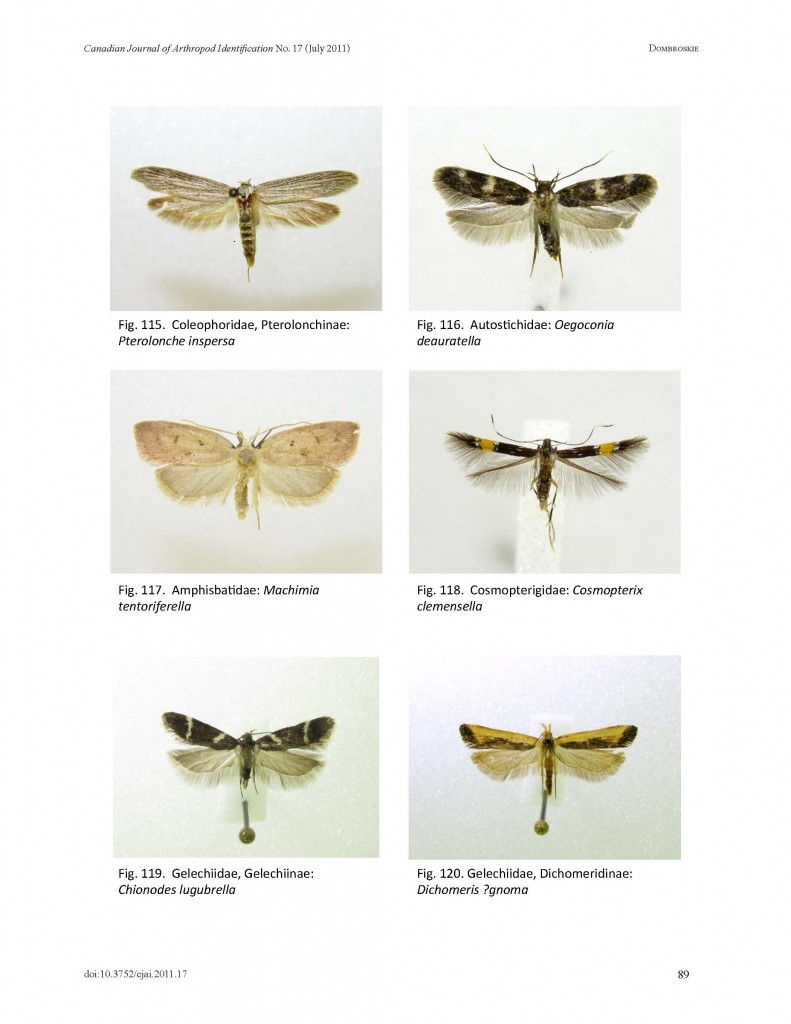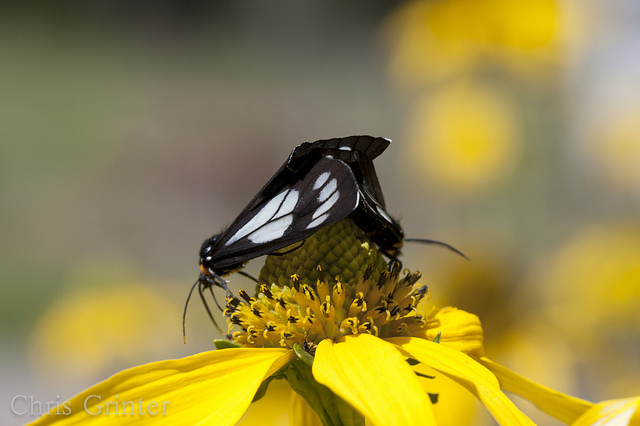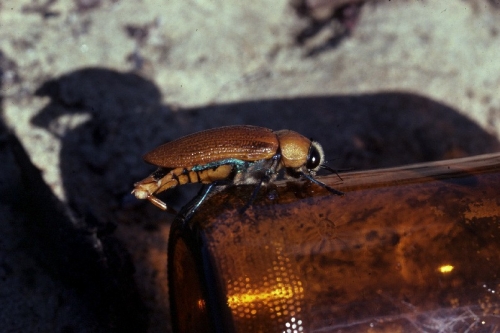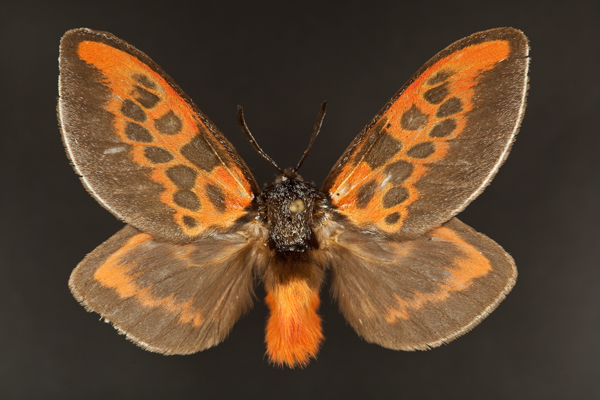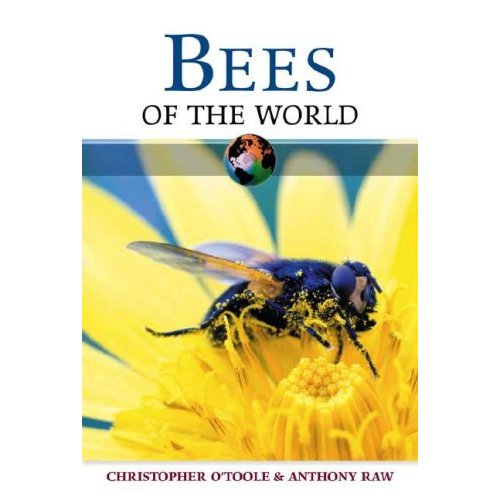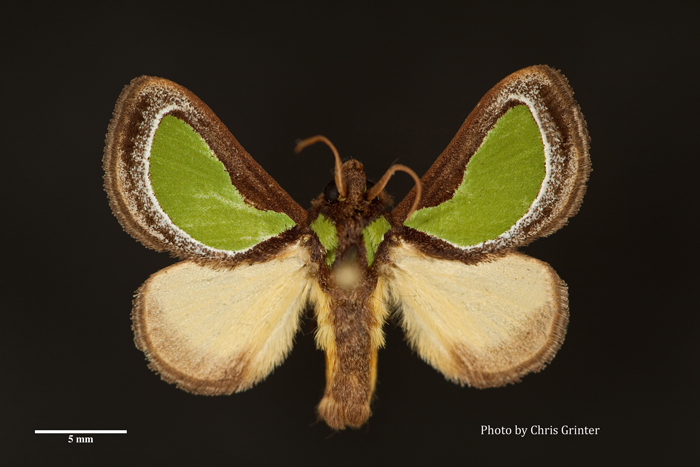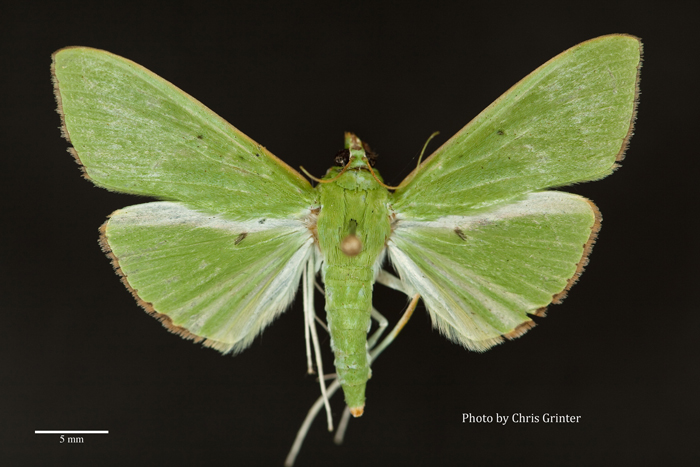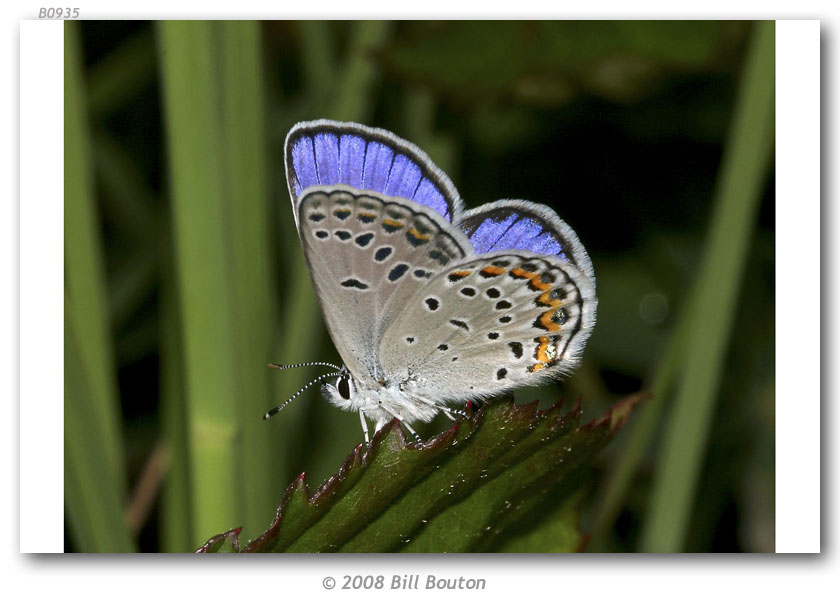A few months ago a magnificent key to the Lepidoptera of Canada (all of them) was published by Jason Dombroskie – a PhD student from the U. of Alberta. The program is available for windows users only so I haven’t had a good chance to explore it yet – but the PDF is available online and covers the same material. All known Canadian Lepidoptera are included in this key and most of them down to subfamily or even tribe! Có 222 taxa, 73 characters and 266 character states that help narrow things down. This is the first reference of its kind to accurately and completely cover the fauna of an entire country and the first to use a well illustrated and interactive key. It’s surprising how well known the leps are yet how few good references exist, almost none of which have a usable key. For everyone out there who has struggled to identify leps before this will be an incredibly helpful resource. Được cấp, there are likely a few US moths that could throw a wrench into the flow of things, but by and large I doubt there will be many problems.
|
This Monday moth is an Arctiinae, Gnophaela vermiculata. These beautiful day flying moths were abundant on yellow Helianthus flowers around 9000′ in the Santa Fe National Forest, New Mexico. Caterpillars feed on bluebells, but the adults prefer the highest quality nectar source in the area – which fortunately makes for easy and attractive photo subjects. Hôm nay đánh dấu một ngày buồn trong lịch sử Vật lý, các Tevatron accelerator at Fermi Lab in Batavia Illinois was powered down for the last time. Sau khi tăng tốc mạnh thứ hai trên thế giới (và mạnh mẽ nhất ở Mỹ), the new LHC has made this beautiful machine obsolete. I can only assume the teams of scientists working at Fermi were hopeful for further funding, but the grand ol’ days of big-budget physics was crushed by congress in 1993 with the cancelation of the SSC. Off to Europe our physicists go! I have many fond memories of visiting Fermi with my grade school science class. Every year Mr. House would take us to explore the physics and nature surrounding the lab. I recall a feeling of privilege when you visited a real working lab where there were no public displays with cute goggly-eyed atoms, just chalk boards full of Feynman diagrams and 3 day old cups of coffee. But it was probably the fully restored big bluestem prairie that grew on and around the 4 mile collider ring was where I had the most fun and is what left a lasting impact on my scientific career. And so it goes, the evolution of science in the US. I have noticed this particular trend: 1) An active science facility with lots of research has a tiny museum for public tours. 2) The research loses funding and the tiny museum takes over. 3) The museum is renovated to be more “family” friendly and “interactive”, while science is pushed into the basements. 4) Whatever scientists are left (or students hired to act like scientists) are put under glass for the public to watch like strange creatures; all while true research fades into memory. Các 2011 Igg Nobel buổi lễ diễn ra ngày hôm qua tại Nhà hát Sanders của Harvard. Giải thưởng được tài trợ bởi Improbable Research, một tổ chức tập hợp hấp dẫn, số lẻ, và các tài liệu nghiên cứu hoàn toàn vui nhộn ủng hộ quan điểm rằng không phải tất cả khoa học đều nhàm chán. Trong số những người nhận giải xuất sắc năm nay có nhà côn trùng học và blogger David Rentz, người đã nhận được IgNobel môn Sinh học trong một thời gian khám phá được thực hiện trong 1983 cùng đồng nghiệp Darryl Gwynne ở vùng hẻo lánh nước Úc. Họ rất ngạc nhiên về một kiểu dáng chai màu nâu nhất định có vết lõm ở đáy (“còn sơ khai”) được chứng minh là không thể cưỡng lại được đối với con đực của bọ Buprestid
Xin chúc mừng Dave và Darryl!
[youtube kZyIN23Cy4Y 480 360] The microscopic insect world is a very different one from ours and we rarely are given glimpses into it. Thanks in part to the impressive Phantom camera system and the Flight Artists project researchers have filmed the minute (1mm!) Trichogramma wasp (Chalcidoidea) in flight. These insects are egg parasites of Lepidoptera (amongst other groups undoubtedly) and can be used as effective biocontrol agents. As you’ll see in the video it’s been long understood that these wasps hitchhike on adult Lepidoptera waiting for fresh eggs, but it wasn’t know how they got there and if they were even flying onto the adult hosts. Stunningly, this wasp flaps its wings at ~350 times per second to achieve some astounding feats of movement. The biomechanics of this wing mechanism must be fascinating. Scroll ahead to 1:07 and watch the interaction of the two wasps – the one that flips off to the left of the screen moves in such a bizarre way it looks like bad CGI. I sure hope they record more species of minute flying insects!
This Monday moth is a stunning female of the Neotropical Megalopygidae – Trosia nigrorufa. Ed Ross and Ev Schlinger collected this specimen in Peru in 1955, and I’ve heard many stories about these epic expeditions. I can’t really imagine travelling via cargo ship, being gone for six or more months at a time and relying mostly on hand written correspondance. It must have made the world feel like a much larger place than it is today. This is a pretty epic fail. Tôi đoán “thanh niên” hướng dẫn xuất bản ít đúng “sự kiện”.
Thanks to Richard Lee Brown for first posting this on Facebook.
We all saw this day coming, the rise of the butterflies, the day they will take vengeance on us. No longer will they passively fly around their habitats as they are bulldozed for malls and polluted with runoff. One particularly angry Karner Blue has submitted a letter to the Onion warning us that our time is about up. Endangered little Lycaenidae will join hands and come after us some quiet night while we’re asleep in our beds. We at the Lepidopterists’ Society have even made their list for failing to take action. Together we should act before it is too late – let us preemptively strike before the rise of the blues. Save your families! Burn those styrofoam containers, pave the prairies, drive your off-road vehicles and take a stand against these fluttering fanatics! (or we could just save them…) There has been a continuing discussion over the last few years of why so few women remain in science. While I’m not going to dive into that topic here, you can find great discussions đây, đây, đây và đây. I don’t however think anyone argues about why women don’t enter science in the first place, especially when you see things like this. Way to print that soul crushing stereotype right on the front of your daughters shirt, JCPenny. (thông qua Skepchick) |
Người không tin |
